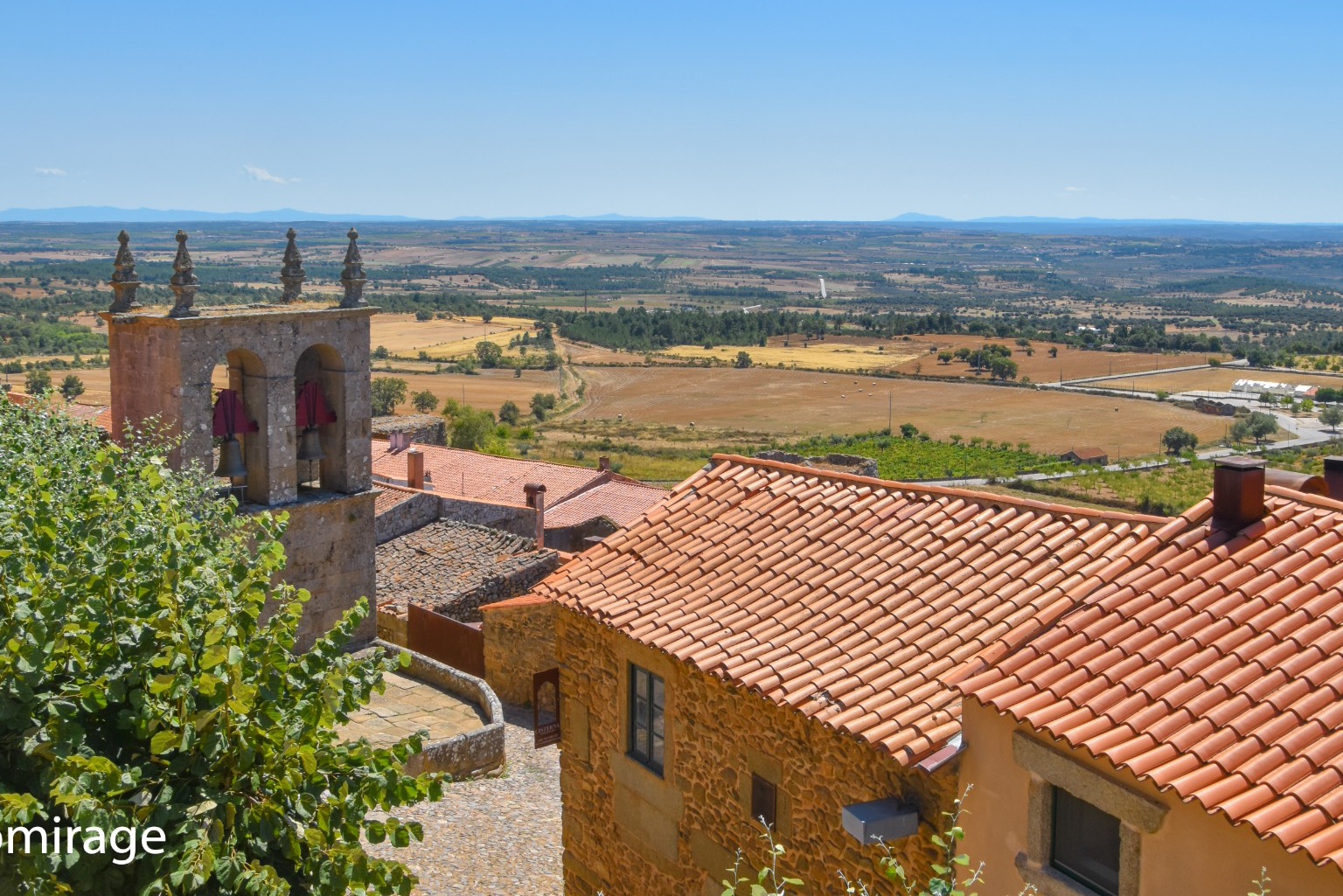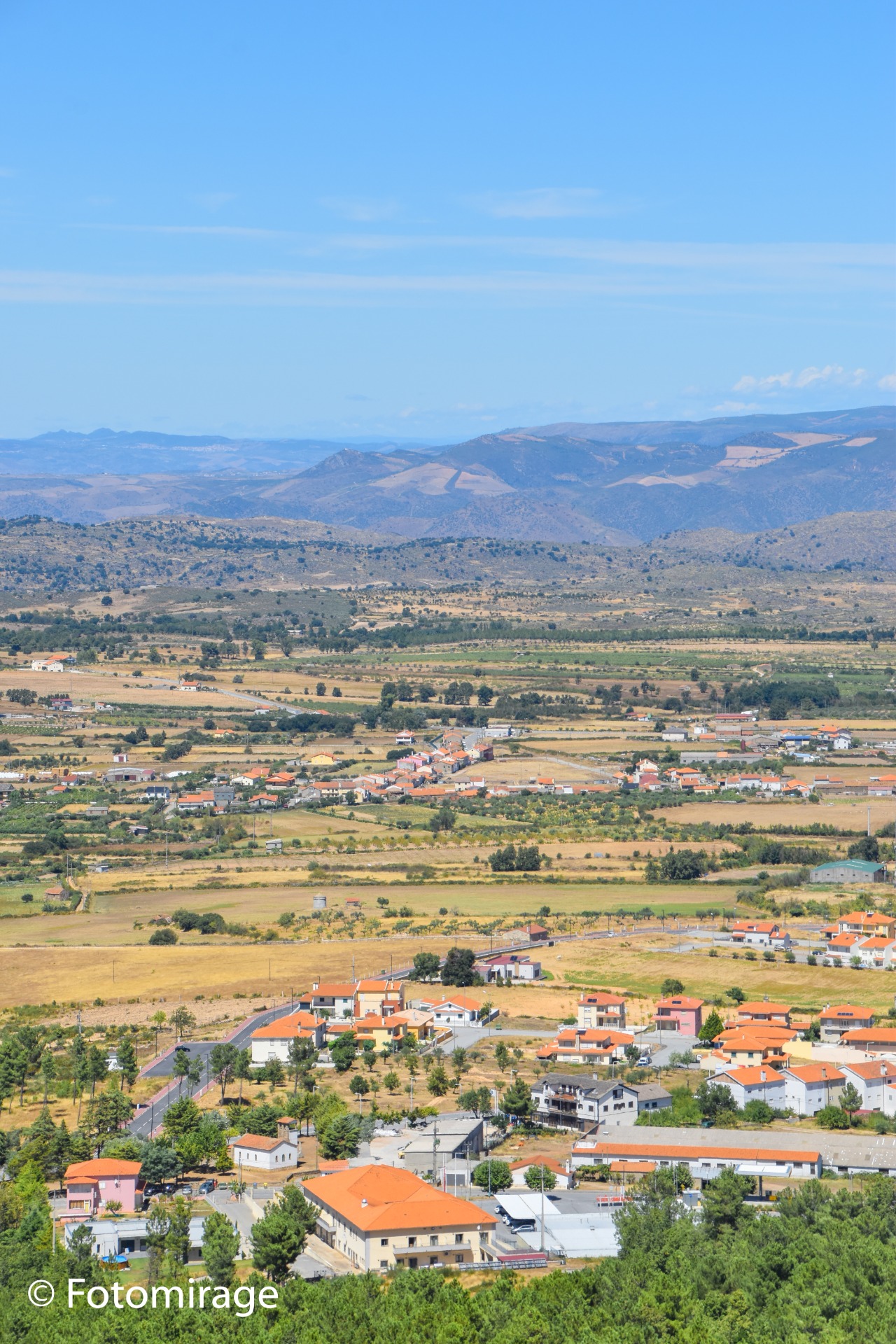Logbook in "Beira Alta Raiana" II
II-Castelo Rodrigo
Historic Villages of Portugal - III
One day, two historic villages, one privilege!
DAY 4
On the fourth day, we got up to the destination of feeling the essence of two historic villages in Portugal, Castelo Rodrigo and Almeida.
We start in Castelo Rodrigo, a village with impressive landscapes, an authentic outdoor monument and whose history goes back many centuries ago...
Despite being small, we felt that the historic village of Castelo Rodrigo is a very pleasant place, with colors that transmit good energy to me.
It is thought that the village's castle was built on an ancient Lusitanian construction in remote times and was rebuilt at the beginning of the 13th century by Afonso IX of Leão, during the Christian reconquest, being one of the fortifications belonging to the defensive line of Ribacôa, that he implemented. Later, this area of the Iberian peninsula was disputed between the Kingdom of Leão and the Kingdom of Portugal, during the mandate of D. Dinis, and it was finally defined that Castelo Rodrigo would definitely be Portuguese territory with the Treaty of Alcanizes, signed in 1297 by D. Dinis and Fernando IV of Leão and Castela.
In 1508 D. Manuel rebuilt the wall, and the castle received further modifications with the construction of a palace in 1590, by the son of a village mayor who would be a defender of the Filipino cause, Cristovão de Moura. This nobleman, who later became a count and, after his death, his successor in the Marquis of Castelo Rodrigo, designations attributed by the Filipino dynasty.
However, as we all know, on December 10, 1640, independence was restored, which led to a great revolt in Castelo Rodrigo, with the population invasion and setting fire to the traitor's palace, remaining until our days in ruins.
After the Castle area, we continued our visit through the picturesque village, walking among its deserted streets to the eastern door, one of the 3 entrances to the village and from where you can see the convent of Santa Maria de Aguiar and the border with Spain.
We also passed by the pillory, built after the attribution of the charter to the village by D. Manuel I.
Before heading down towards Castelo Rodrigo, for the well-deserved meal of the warriors, because the heat and hunger were already threatening, we still had a few minutes to lift the drone and capture some very interesting aerial shots of the beauty of the surroundings and Marofa mountains!
Legend: Spain ordered the expulsion of the Jews from its territory and Castelo Rodrigo was one of the five regions chosen by the king of Portugal to settle. Among the Jews was Zacuto, a very rich Jew, who settled in the vicinity of Castelo Rodrigo. Already a widower, he lived with his only daughter, Ofa, heiress to his fortune. For that reason, they began to call those lands the mountain range of the Jewish Ofa. One day Luís, a young nobleman who lived nearby in Cinco Vilas, found out about it and wanted to meet the young and beautiful Jewish woman. When he found her, the two quickly fell in love. Unfortunately, shortly after this event, the King of Portugal, D. Manuel I, ordered the expulsion of all Jews from the Kingdom, with the exception of those who converted to Christianity. Zacuto and his daughter accepted the royal decision and thus were able to remain in the kingdom. So whenever his mother or his friends asked him where he was going, Luis, the nobleman of Cinco Vilas, filled his chest with joy and replied: "I'm going to love Ofa" or "I'm going to see my love Ofa".
Legend has it that the mountain went through this to be known as Marofa mountains.
By the end of the morning, we had no doubts, Castelo Rodrigo did not disappoint anyone and was undoubtedly a place that deserved to be visited and appreciated.
Once the visit was over, the 5 of us went to Figueira de Castelo Rodrigo where, after lunch, we went on to another afternoon well spent, this time in Almeida (Next Post). :)



